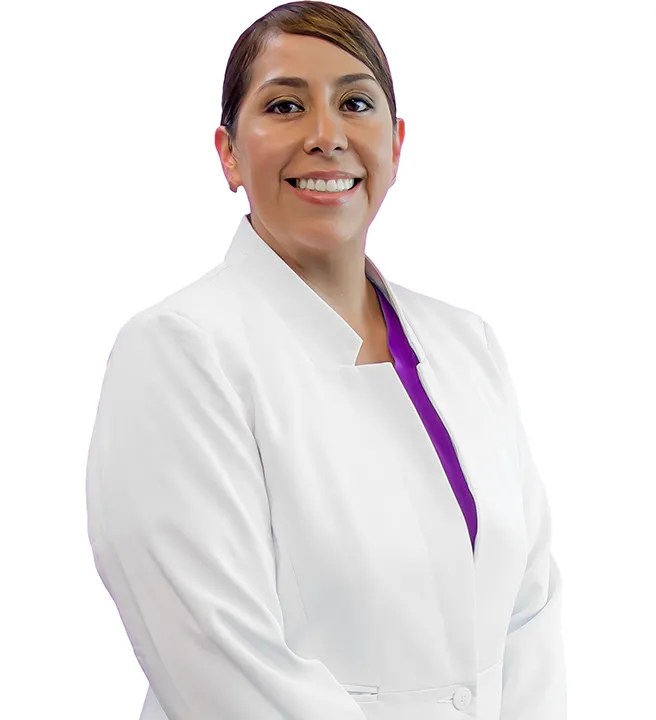Get pregnant quickly [Options and fertility treatments]
Welcome to the third video in the series on how to get pregnant, with Dr. Liliana de la Rosa, Creafam fertility expert. In the previous videos we learned about the main errors and alarm signs of infertility. In this video we will learn about the treatments to achieve a quick pregnancy, even with surgery, and in less than 40 days.
Introduction
Each case is unique and the first step in determining the appropriate treatment is to understand how severe the problem is by analyzing the six indicators of fertility, for example, female conditions include poor ovulation, missed period, low hormone levels and tubal operations. Male conditions mainly refer to the quality of sperm in the ejaculate. In health and habits we find aspects such as being well above or below the ideal weight while medical history helps us know in advance if there are undiagnosed problems. Risk factors like smoking and drinking should definitely be avoided in cases of infertility. With adequate time we identify if the remaining fertile days and years are used efficiently.
If you realize, these indicators are the fundamental basis of the errors in achieving pregnancy and the warning signs that we discussed in the previous videos.
When all the indicators are good, pregnancy can be achieved quickly but even if only one of them has problems it can cause infertility and to solve it there are more than 50 treatments of low and high complexity but to simplify this video we are going to focus on the most common cases and their treatments, starting with low complexity treatments. They are called that because even though they are difficult cases, they use tools or equipment available to most gynecologists.
Low complexity treatments
For example, a sign of infertility that we discussed previously was when the woman produced milk even without being pregnant, indicating high prolactin and surely problems ovulating, although naturally it would be very difficult for her to get pregnant, fortunately with medications such as cabergoline it is possible to recover. menstruation and ovulation in a short time.
Likewise, when a man has sperm quality slightly below normal, a vitamin and mineral cocktail can be prescribed, as well as changes in diet and exercise, to naturally improve sperm quality. Or if the woman produces low-quality eggs but her fallopian tubes and uterus are in good condition, we can prescribe clomiphene citrate to stimulate her ovulation, although we must be very careful, there is a very delicate hormonal balance in each woman and we must go with a doctor. specialist to avoid ovarian hyperstimulation.
To improve the chances of success, these low-complexity treatments are usually used in conjunction with what we call “scheduled intercourse”, that is, having intercourse on fertile days. Fortunately, for most couples, this planning and fertility support is sufficient to achieve pregnancy, but if, for example, the quality of the sperm is far below the optimal level, artificial insemination would have to be performed, which is still a low-cost treatment. complexity but more elaborate. Just on the day of ovulation, our biologists are in charge of washing, filtering, improving and concentrating the couple’s sperm sample to obtain the highest quality sperm, then the doctor uses a catheter to place the sperm in the uterus in the ideal place. to achieve pregnancy.
Artificial insemination also works for women who want to be single mothers and be able to choose the right option from our catalog of donors.
Now, when the woman is over 36 years old or if her tubes are obstructed or if she has already been infertile for several years, it would be better to consider highly complex treatments.
High complexity treatments
In vitro fertilization is the assisted reproduction treatment par excellence because it eliminates the problems of all fertility indicators and has a success rate of 96%, but it requires specialized personnel and cutting-edge equipment to be performed well.
After performing ovarian stimulation, the doctor uses a special syringe to collect around 9 mature eggs from the woman. Then in our laboratory, biologists place the best sperm near each egg, although if the sperm are of very low quality they can also inject directly. a sperm inside each egg. The fertilized eggs are placed in an incubator for five days to grow and mature, then the best embryo is chosen to transfer to the mother’s uterus, a few days later a pregnancy test can be performed.
Specialized studies
Even though IVF is a complex treatment, there are variations such as preimplantation genetic diagnosis of the embryos to determine the sex of each one and rule out chromosomal alterations such as Down syndrome or, for example, the future mother can choose to use donated eggs either from your partner or from our catalog of donors. This treatment is especially useful for women who have had cancer or whose ovarian reserve is very low quality.
Whether with medication, insemination or in vitro fertilization, the vast majority of couples can achieve pregnancy quickly but the first step should always be to have the correct diagnosis.
